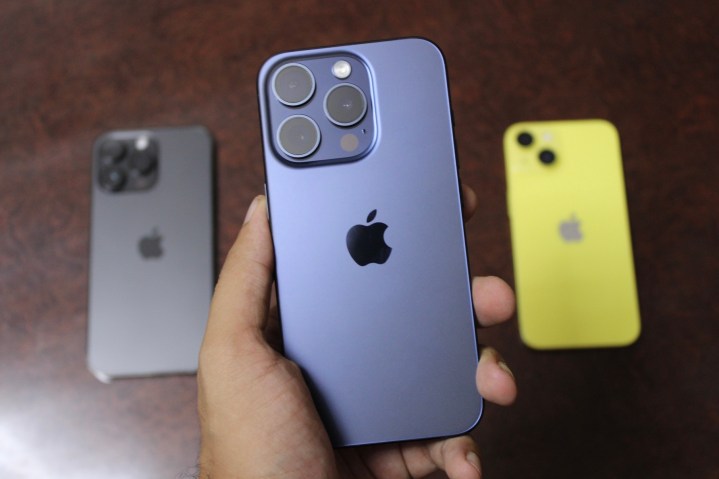
The world of consumer electronics has its own share of urban myths. Some of them are actually so mainstream that no one even dares question their efficacy. Burying a wet phone in rice is one of them.
Research has repeatedly proved that it’s a futile trick, but for folks that need to hear it from the source itself, well, Apple has also made it clear that the rice-drying trick doesn’t work. Whether you have an iPhone 15 Pro or a model that’s a few years old, it’s time to stop this useless practice.
“Don’t put your iPhone in a bag of rice. Doing so could allow small particles of rice to damage your iPhone,” says an Apple support page that was first spotted by MacWorld.
Instead, if liquid gets inside your iPhone cavities, the best way forward is to keep it in an open area with airflow for a day to let the phone dry out. Do not use external heat to vaporize the liquid — or even compressed air.
Also, I can tell you from my own experience that rice isn’t some magical absorbent and certainly not enough to suck out the water droplets lodged in a phone’s speaker, SIM slot, or charging port.

If you need some scientific evidence rather than personal experiences, there’s a healthy bunch of it. The teardown-happy folks at iFixit found that there’s no evidence the rice trick works and outlined some actual solutions to help with your wet gadget predicament.
“Rice also has this problem of not being able to absorb water which is out of its direct contact,” says an analysis by XbitLabs. TekDry, which offers emergency electronics rescue services, warned users all the way back in 2014 to stay away from the rice-drying technique.
Their scientific study, which involved creating simulated drying conditions stretched across 48 hours, proved that not only is rice ineffective as a drying agent, but it is also less effective than allowing the device to air dry naturally. However, neither approach will completely dry the device.
Here are some methods that actually work, however:
- Never use a microwave as the metal elements inside electronic devices can cause fires or explosions during the mad experiment.
- Use a paper towel or cloth to dry the phone. Drying away any visible moisture helps prevent it from penetrating deeper into the phone and causing additional harm.
- Avoid plugging in your phone because electricity and water aren’t a good mix.
- Avoid using a hair dryer or oven. That’s because heat from these appliances can harm your phone’s delicate components.
- If possible, remove the battery. Needless to say, taking out the battery reduces the risk of electricity reaching the wet parts, lessening the likelihood of permanent damage.
- If the phone falls into salt water, rinse it with fresh water. Salt water is likely to cause corrosion and short-circuiting, making it crucial to quickly eliminate any salt residue.
- Make sure to turn off the phone because doing so can help avoid short circuits.
Follow these tips — and stop putting your iPhone in rice.
Editors' Recommendations
- This one Apple Fitness feature completely changed how I exercise
- Nomad’s new iPhone case and Apple Watch band may be its coolest yet
- 5 phones you should buy instead of the iPhone 15
- Why you should buy the iPhone 15 Pro instead of the iPhone 15 Pro Max
- iPhone SE 4: news, rumored price, release date, and more




